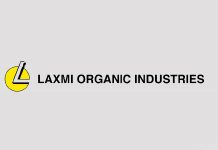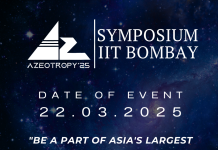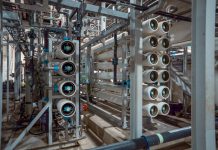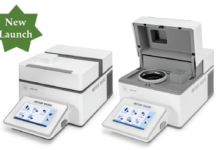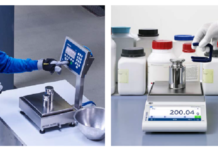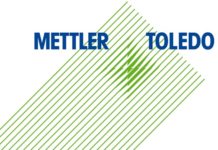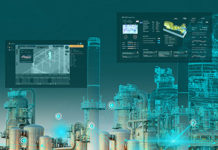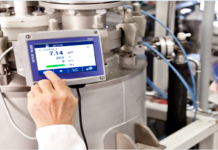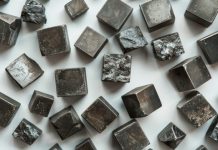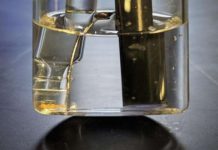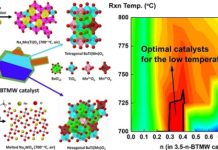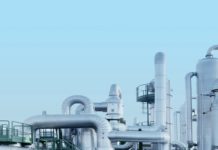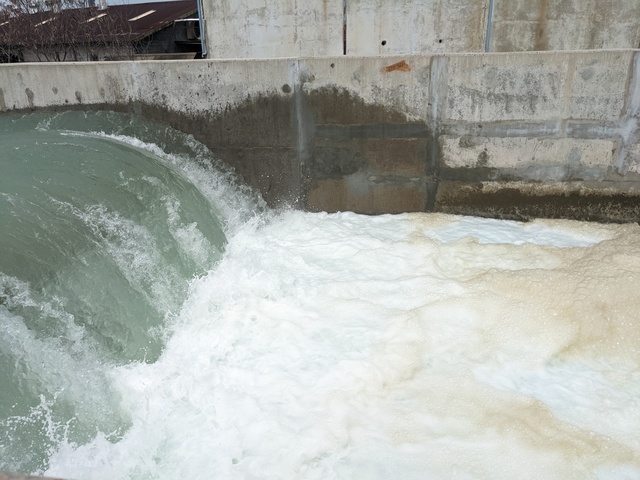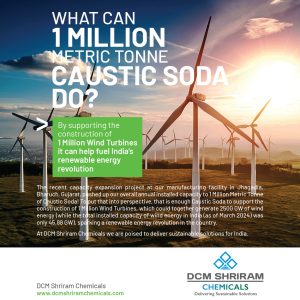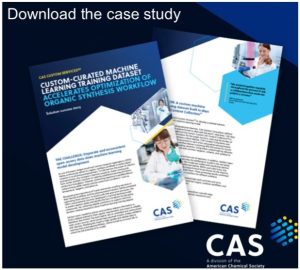Zero Liquid Discharge (ZLD) is a powerful tool in industrial water management, but it is not a universal solution. Its high energy consumption, operational complexity, and solid waste burden call for a pragmatic, context-specific approach. To be truly sustainable, ZLD must be embedded within broader strategies of water minimisation, resource recovery, and system-level optimisation.
The ZLD Paradox
Z
ero Liquid Discharge (ZLD) has emerged as a powerful symbol of industrial environmental responsibility. It promises to eliminate liquid effluents, promote water reuse, and protect vulnerable ecosystems. It makes a compelling case, particularly in water-scarce and pollution-prone regions. However, as industries and regulators increasingly embrace ZLD, there is a growing tendency to view it through overly optimistic lenses. A more critical, grounded perspective reveals that ZLD is far from a universal remedy. While it offers clear benefits in specific contexts, it also brings with it a host of environmental, operational, and governance challenges that must not be overlooked.
Sustainability Dilemma
At its core, ZLD is a technically ambitious approach that seeks to recover every drop of water from industrial effluent streams, leaving behind only solid residues. It typically relies on a combination of pre-treatment, reverse osmosis (RO), and thermal processes such as
multi-effect evaporation (MEE) and mechanical vapour recompression (MVR), followed by crystallisation in some cases.
While initial RO stages operating at recoveries of 75–85% may consume 1–3 kWh/m³, the downstream thermal sections are significantly more energy-intensive. MEE systems typically consume 20–25 kWh/m³, though MVR systems can reduce this to 8–12 kWh/m³, depending on the feed composition and system integration. Crystallisers may add another 10–15 kWh/m³, especially when high total dissolved solids (TDS > 60,000 ppm) are involved. The total energy footprint can thus range from 10 to 50 kWh per cubic metre of water recovered.
This translates into a substantial carbon footprint, tarnishing ZLD’s image as an environmental safeguard. In seeking to eliminate one environmental burden (water pollution), ZLD may inadvertently exacerbate another (climate impact), raising questions about its net sustainability benefit.
Shifting the Problem
ZLD succeeds in removing pollutants from wastewater, but it does not eliminate them. It merely changes their form. For every cubic meter of wastewater treated, 20–40 kg of solid salts or sludge are typically generated, depending on inlet TDS and recovery efficiency. These residues often contain mixed chlorides, sulfates, nitrates, heavy metals, and organics that are not commercially recoverable and must be sent to secure landfills or TSDFs (Treatment, Storage, and Disposal Facilities).
The solid waste is often dewatered to 20–30% moisture content using decanter centrifuges or filter presses, but final disposal still requires careful logistics and documentation. Transporting hazardous waste over long distances frequently through densely populated or ecologically sensitive areas carries its own set of risks, from accidental spillage to groundwater contamination.
Moreover, once the waste leaves the plant gate, traceability becomes challenging. QR-tagging or GPS-tracked movement is mandated in some jurisdictions, but compliance is variable. Weak enforcement or lapses in oversight can result in illegal dumping or improper storage. Thus, the effectiveness of ZLD hinges not only on in-plant treatment performance, but also on a robust ecosystem of downstream monitoring, auditing, and governance.
Economic Realities
ZLD is neither simple nor cheap. Investment costs for full-fledged systems range from ₹1,000 to ₹2,500 per litre/day of feed capacity, depending on influent complexity and system configuration. For instance, wastewater from dyeing or distillery operations, rich in organics and TDS, requires extensive pre-treatment (e.g., biological treatment, ultrafiltration, softening, pH adjustment) before even entering RO membranes.
Thermal sections use materials such as duplex stainless steels (e.g., 2205 or 2507), Hastelloy C276, or FRP components to withstand corrosive, high-chloride, and high-temperature conditions. These add significantly to capital cost. Heat exchanger design must account for scaling tendencies and often requires anti-scalant dosing or online chemical cleaning (CIP).
Operating complexity is high. Issues such as RO membrane fouling, MEE scaling, and crystalliser clogging are common, particularly in systems with fluctuating feed composition. Supervisory control systems and predictive maintenance tools (like conductivity profiling and thermal efficiency tracking) are increasingly used, but operator experience remains irreplaceable. Buffer tanks, recirculation loops, and robust pH/ORP control logic are vital for stable operation.
Treated water from ZLD, whether reused in utilities, cooling towers, or low-grade process applications, can cost ₹250–500 per m³, making it 5 to 50 times more expensive than freshwater sourced from municipal or ground sources. This makes ZLD viable primarily for large, well-capitalised industries or in regions where water scarcity or regulatory pressure justifies the cost.
For small and medium enterprises, particularly in the textile, leather, and pharma sectors, the financial burden is often prohibitive. Without access to subsidised capital, shared ZLD infrastructure (common effluent treatment plants with ZLD back-end), or relaxed discharge norms based on risk-based frameworks, ZLD mandates can widen compliance gaps rather than close them.
Regulatory Blind Spots
The growing regulatory emphasis on ZLD as a benchmark of compliance can also have unintended consequences. It may encourage a focus on end-of-pipe solutions rather than upstream interventions like process redesign, source segregation, material substitution, or water minimisation—strategies that are often more cost-effective and environmentally sound over the long term.
For instance, many chemical industries can reduce ZLD load by recovering salts or solvents upstream, neutralising acid-base mixtures to reduce TDS, or segregating high- and low-TDS streams. Yet, these options often receive less attention in regulatory dialogues compared to the visible complexity of MEE and RO skids.
When ZLD becomes a compliance checkbox rather than part of an integrated water strategy, it risks locking industries into high-cost, high-energy systems that deliver questionable environmental value.
A Case for Pragmatism
ZLD has become something of a poster child for industrial sustainability, often hailed as a silver bullet for water management, particularly in water-stressed regions or where environmental regulations are tightening. But beneath this ideal lies a far more complex and costly reality. ZLD is best viewed not as a panacea but as a highly engineered compromise—one that makes sense in specific contexts, particularly where water scarcity or regulatory imperatives justify the cost and complexity.
In many situations, partial-ZLD or minimum liquid discharge (MLD), which aims to recover 70–90% of water at a fraction of the cost and energy may offer a more balanced, pragmatic alternative. These systems can use high-recovery RO (with low-fouling membranes), closed-loop rinses, or integrated evaporative cooling systems to recover water without full crystallisation. When combined with intelligent process water management and real-time monitoring, MLD often provides 80% of the benefit at 30% of the cost.
Epilogue
Zero Liquid Discharge is a compelling idea, but it cannot be treated as a universal solution. It must be applied judiciously, in situations where its environmental benefits outweigh its energy, economic, and logistical costs. Crucially, its implementation must be accompanied by rigorous monitoring, not only of on-site performance, but also of the entire waste disposal chain.
A truly sustainable approach to industrial water management demands a broader toolkit: source reduction, water reuse, cleaner production, and when appropriate, advanced treatment. ZLD can play an important role in this mix, but only when viewed as part of a systemic solution, not a standalone saviour.
Readers’ responses may be sent to: k.sahasranaman@gmail.com or chemindigest@gmail.com




